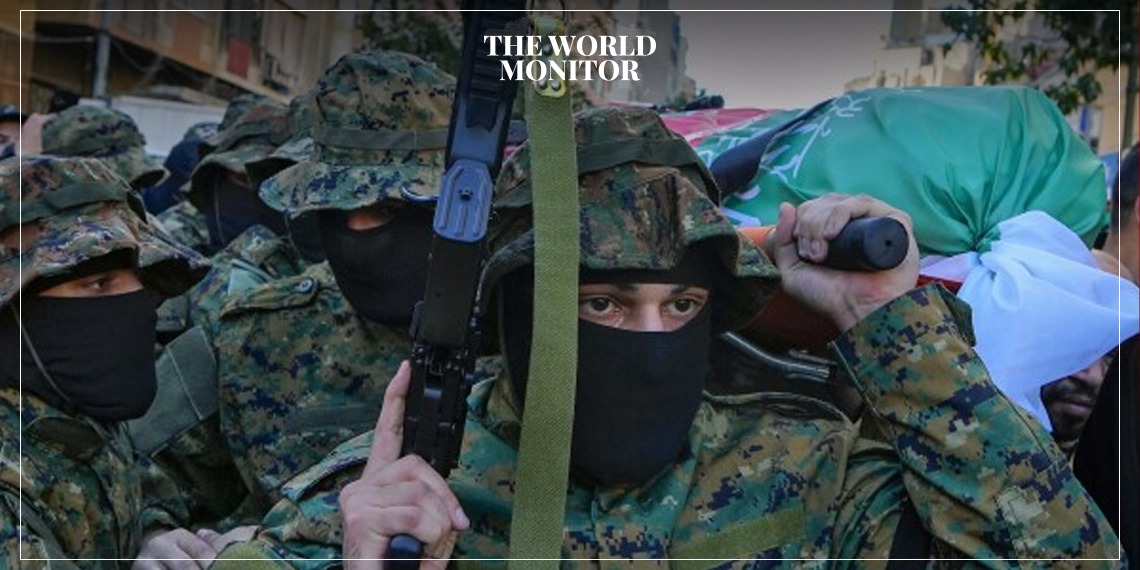Lebanon’s political landscape is witnessing the formation of an unprecedented alliance between Hezbollah and the Lebanese Islamic Group, the official branch of the Muslim Brotherhood in Lebanon, according to a report shared by Deutsche Welle (DW) Arabic.
This collaboration marks a significant departure from the traditional sectarian divides, with Hezbollah’s Shia foundation aligning with the Sunni Muslim Brotherhood. This alliance, supported by international backers such as Turkey and Qatar, significantly empowers the Lebanese Islamic Group and its military wing, the “Dawn Forces.”
This strategic alliance has risen to prominence against the backdrop of recent escalations between Hezbollah and Israel, with the Lebanese Islamic Group playing a crucial role alongside the Palestinian movement Hamas. The partnership was notably highlighted following an Israeli airstrike on a first aid center in Al-Habbariyeh, southern Lebanon, attributed to the killing of seven paramedics linked to the group, as reported by the Islamic Group to Agence France-Presse (AFP).
A significant public demonstration of this alliance occurred in Beirut with the armed funeral procession of three Islamic Group fighters killed in southern Lebanon. This event symbolized more than a display of military strength; it marked the culmination of concerted efforts to mend the fractured relationship between Hezbollah and the Islamic Group.
Facilitated by Hamas, this reconciliation has rejuvenated the “Dawn Forces” and signifies a pivotal shift in Lebanon’s political and military landscape, fostering a united front between historically sectarian adversaries.
The transformation of the relationship between Hezbollah and the Lebanese Islamic Group, particularly since their military collaboration initiated on October 7, traces back to Hamas’s pivotal role in bridging the gap between these groups.
This shift was catalyzed by a military parade in the New Road area on May 7, 2008, which escalated into significant clashes in Beirut, known as the “Black Shirts” incidents, highlighting the volatile history between the groups.
The armed funeral procession and the public showcasing of military cooperation were not spontaneous but were the result of meticulous planning and relationship-building efforts that began in 2022.
Under the auspices of Hamas, the rekindled relationship between Hezbollah and the Islamic Group has led to the strategic reorganization of the “Dawn Forces,” thereby strengthening their military alliances and deepening socio-political ties between these unlikely partners.
This alliance challenges traditional sectarian narratives within Lebanese politics and has profound implications for the regional geopolitical landscape.
By transcending sectarian boundaries to form a strategic partnership, Hezbollah and the Lebanese Islamic Group have not only redefined their roles within Lebanon but have also signaled a new era of political maneuvering in the Middle East, where ideological affiliations may take a back seat to shared objectives and mutual adversaries.






